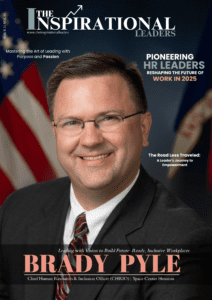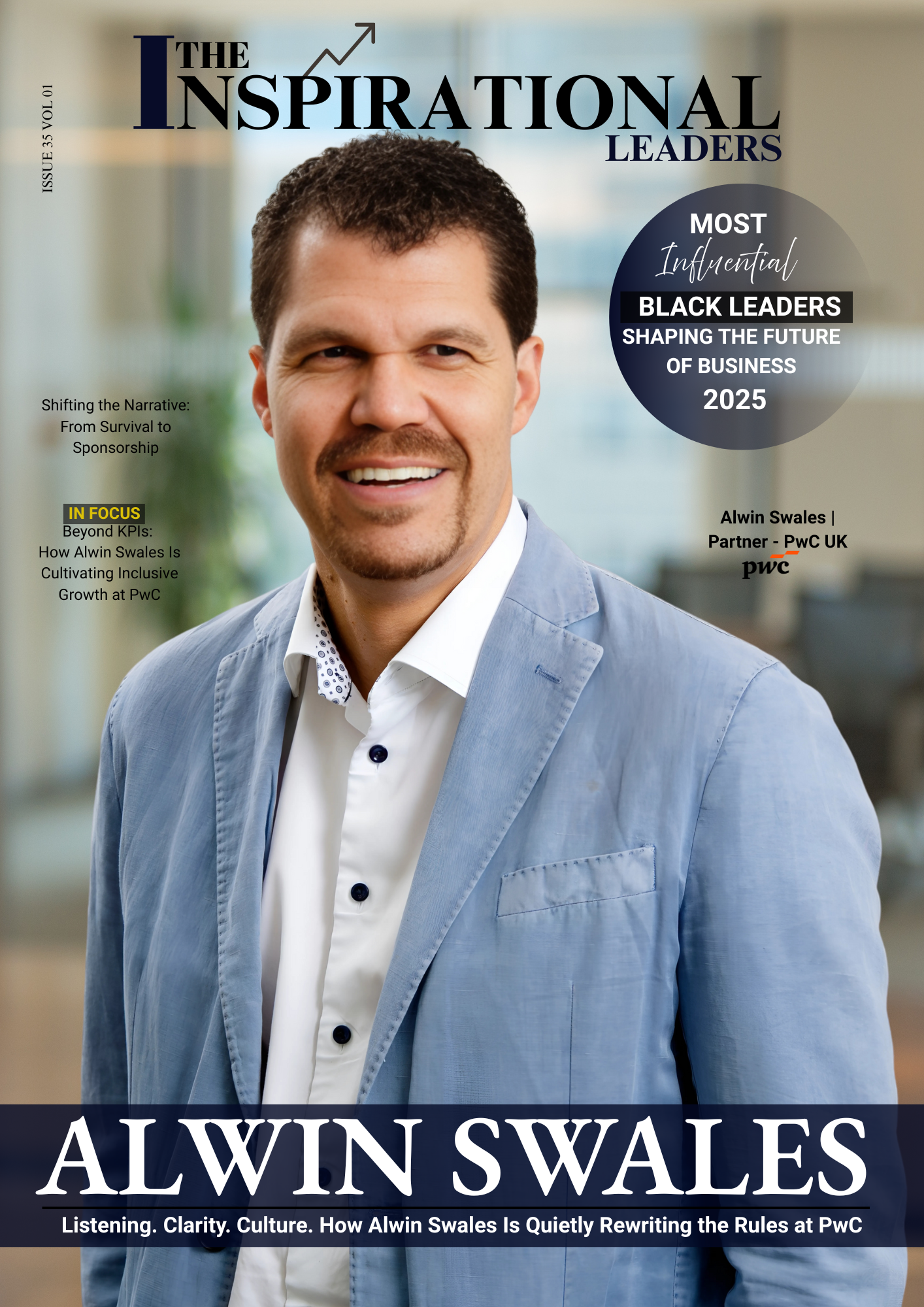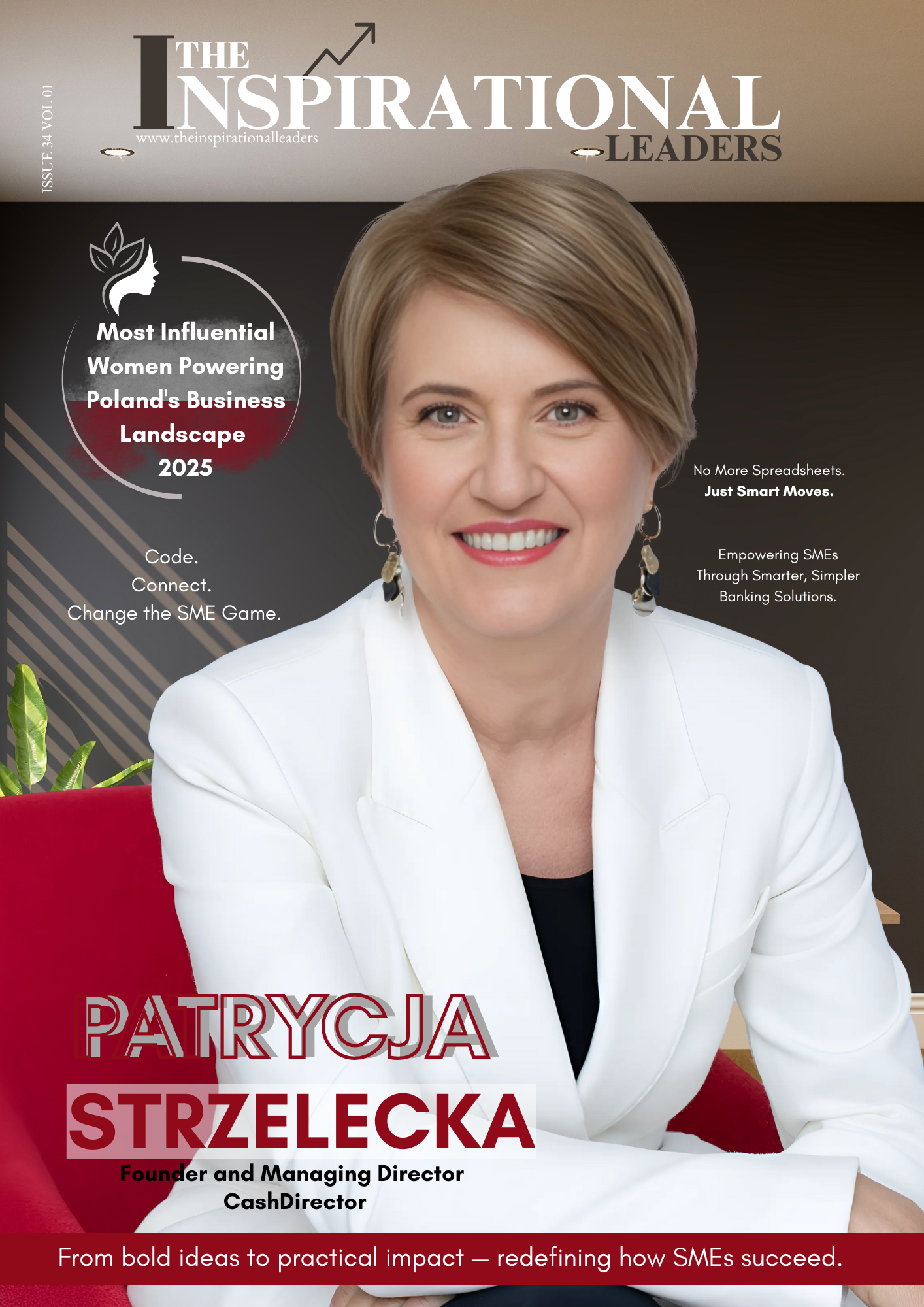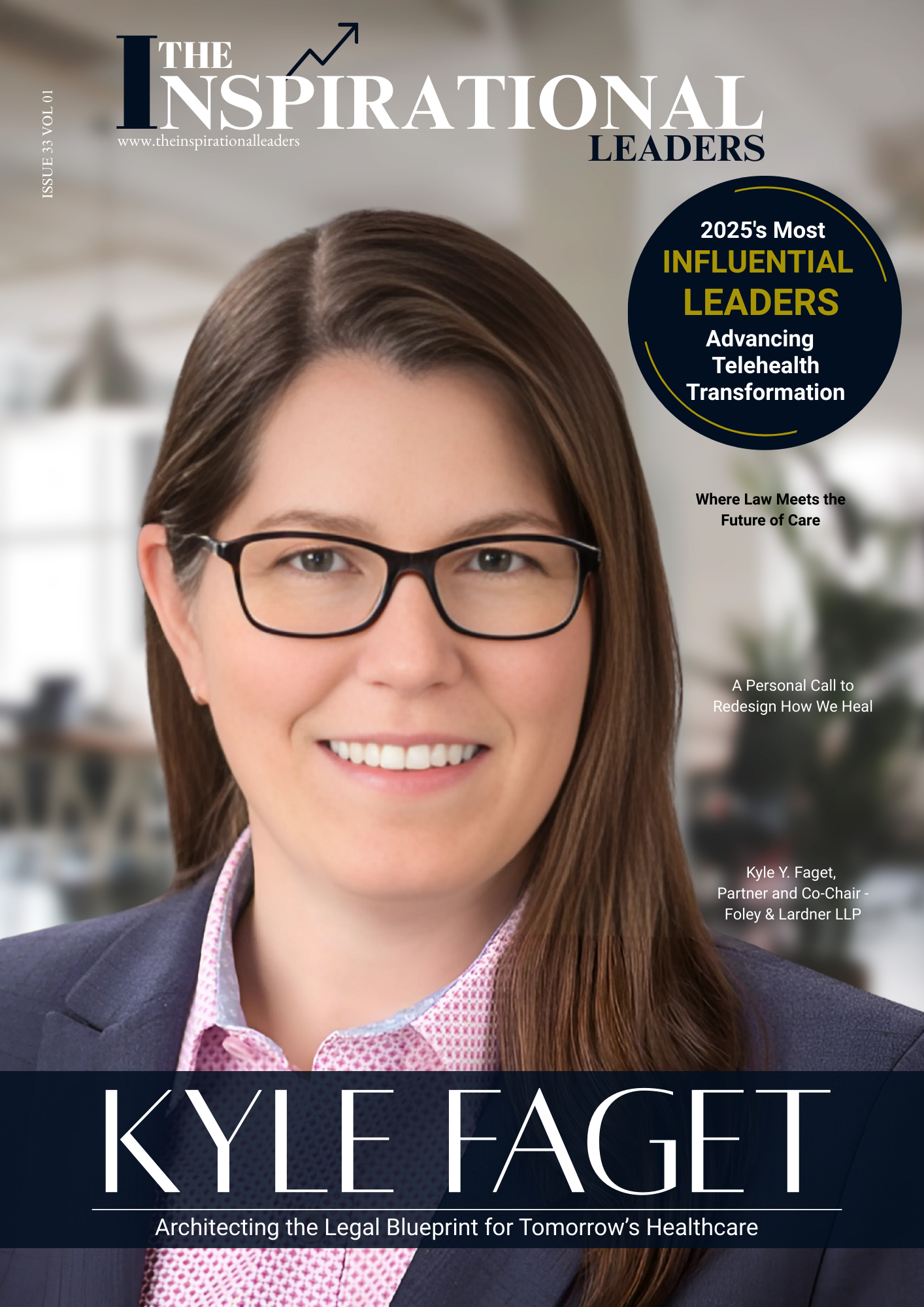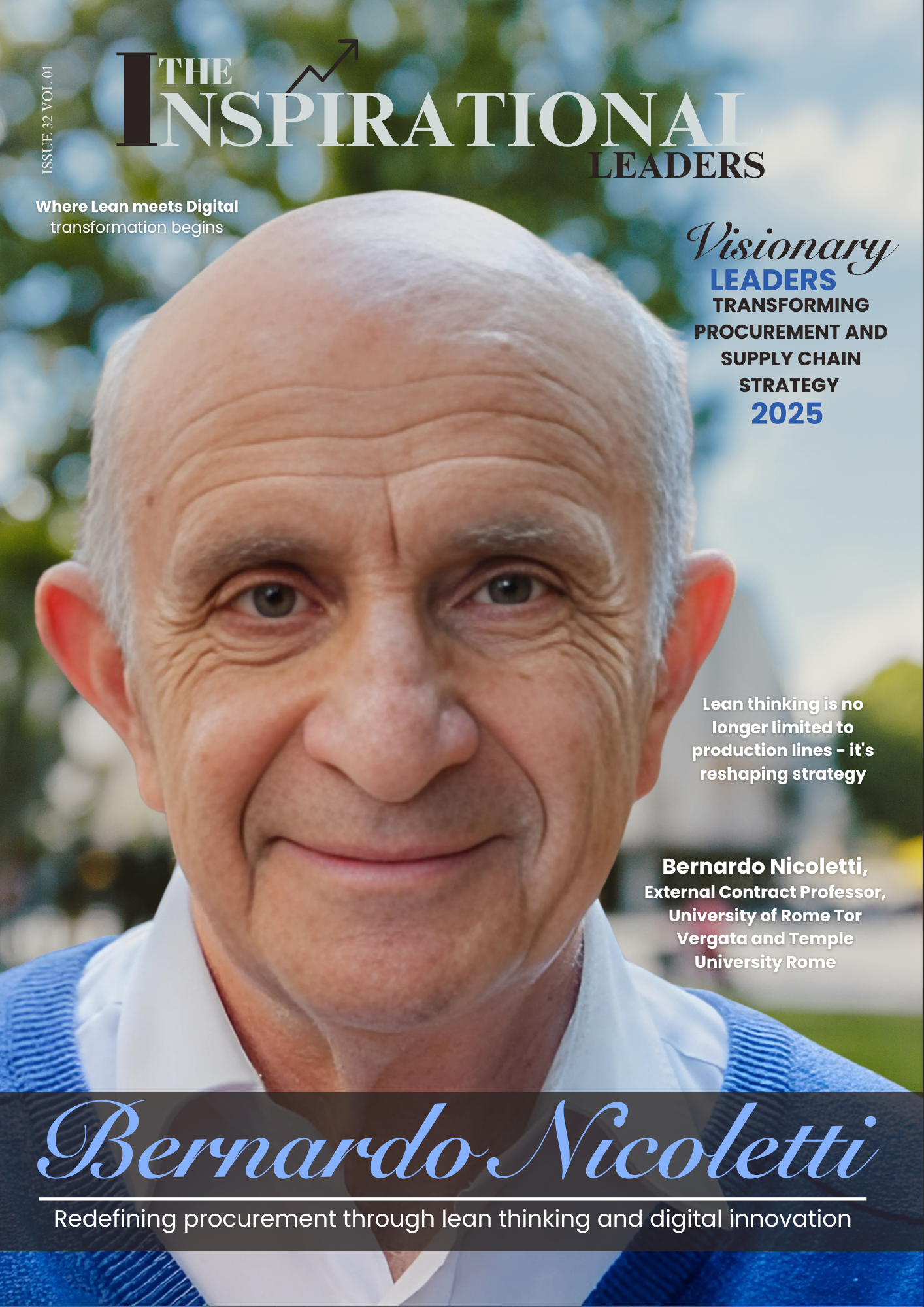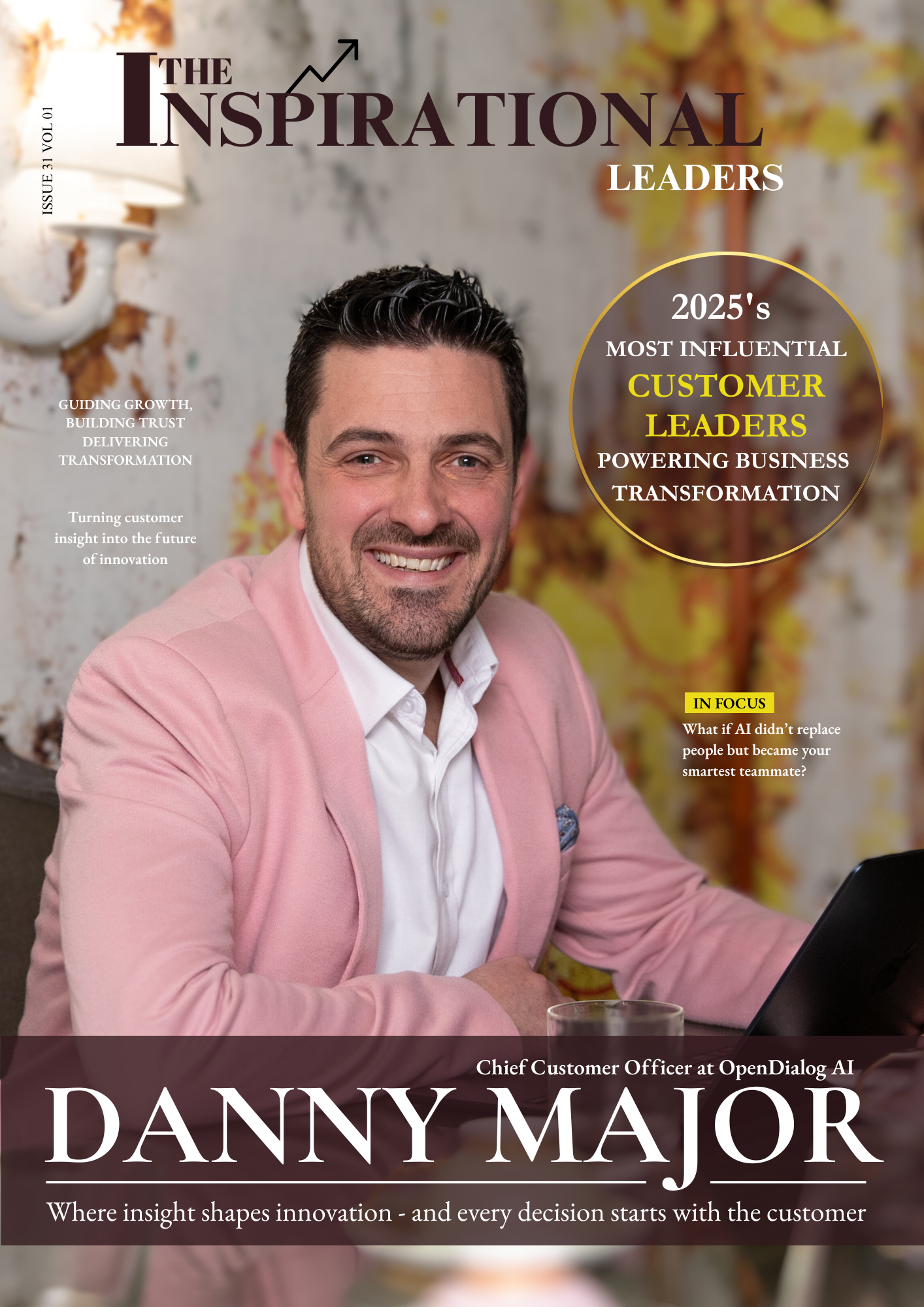Pioneering HR Leaders Reshaping the Future of Work in 2025
Quick Read

Trailblazing Leadership in Human Resources: A Conversation with Brady Pyle, CHRIO at Space Center Houston
View Edition Trailblazing Leadership in Human Resources: A Conversation with Brady Pyle, CHRIO at Space Center Houston When you speak

